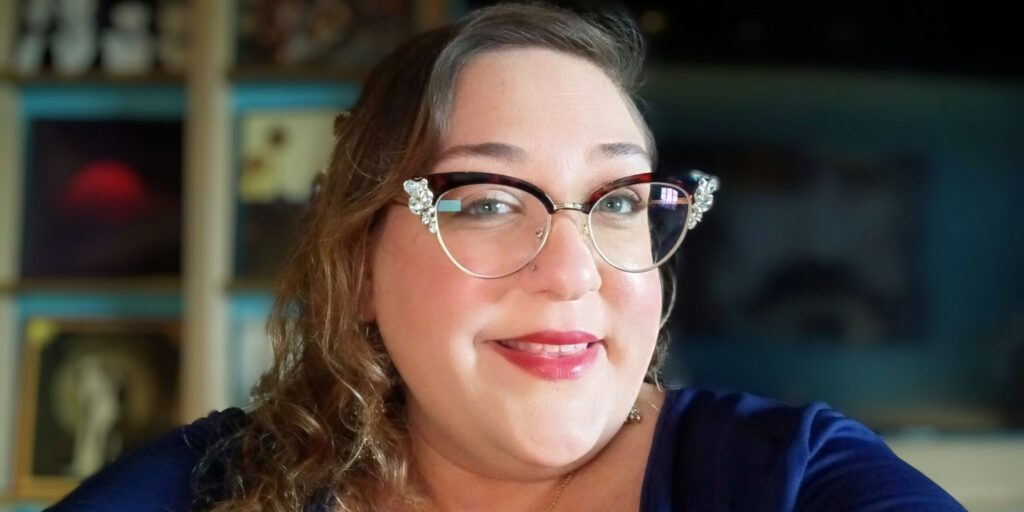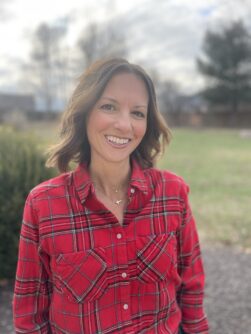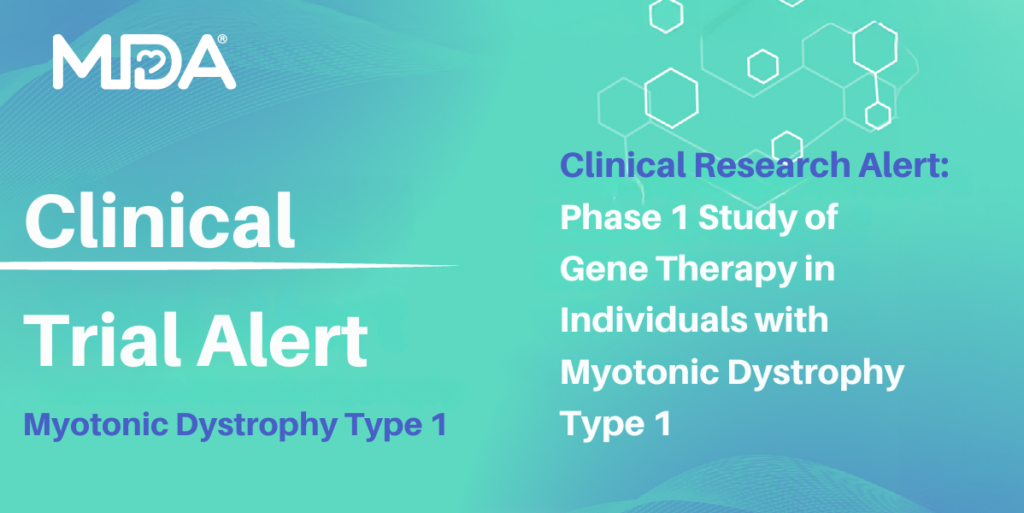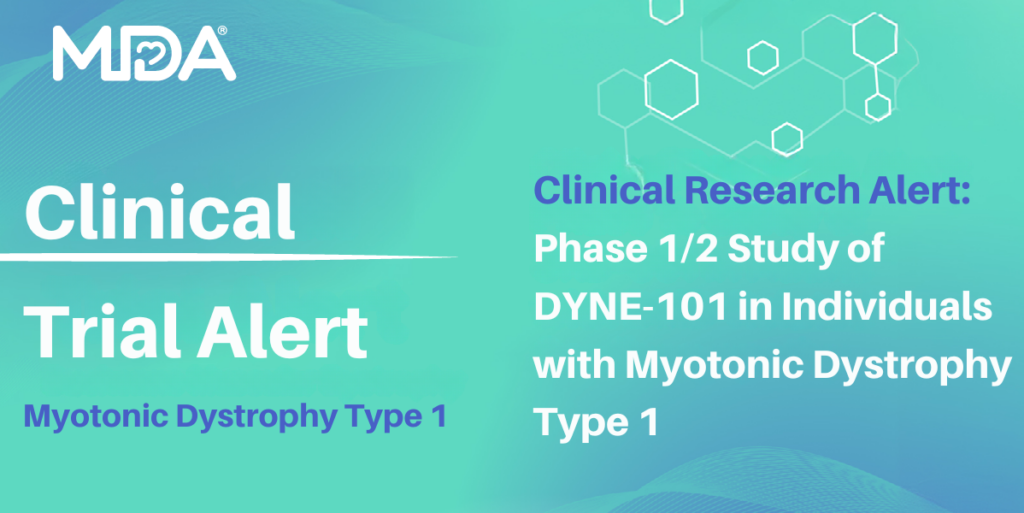
Navigating the Long Journey to a Rare Disease Diagnosis
By Shaila Wunderlich | Wednesday, January 18, 2023
Looking back over Aimee Zehner’s 38-year journey to a myasthenia gravis (MG) diagnosis, it’s impossible to choose which thread line is most incredible: that her symptoms began at birth and continued throughout her life, that they were numerous enough to fill a notebook, or that many doctors dismissed them as insignificant.
“My issues with climbing stairs and keeping up in gym class were attributed to being overweight or lack of effort,” she says. “My issues with chewing and swallowing were attributed to eating too fast. My constant leg cramps were called growing pains. My awkward smile was blamed on stubbornness.”
By the time of her diagnosis in 2018, Aimee had endured dozens of blood tests, surgeries, and hospitalizations — and decades of misdiagnoses.
Looking for answers
Aimee’s experience is not unusual in the neuromuscular disease community. According to a study published in 2011, the mean timespan between the first healthcare contact and a muscular dystrophy diagnosis is four to five years. The rarer the condition, the longer the diagnostic journey is likely to be. With very rare diseases like late-onset Pompe disease (LOPD), diagnosis can sometimes take 20 years or more to confirm.

Amy Shinneman received a Bethlem myopathy diagnosis after 43 years of searching.
The issue is chronic and systematic, and rooted in long-standing lapses in education, healthcare, and social bias. In her 2021 TED Talk, Overcoming the Burdens of Proof and Prejudice in Healthcare, Aimee shared her experiences with all the above. They ranged from the unfair and prejudicial (“I was told my symptoms weren’t due to disease but rather obesity, anxiety, or in my own head”) to the well-intentioned but inaccurate (“Doctors evaluated my symptoms but always individually, failing to see the whole picture”).
Amy Shinneman’s diagnostic journey was similarly long and befuddling. The Indiana mom and MDA National Ambassador spent her childhood and half her adulthood trying to solve the case of her weak ankles, chronic exhaustion, and labored walk. From the time she was 17 months old until she was finally diagnosed with Bethlem myopathy, a type of congenital muscular dystrophy (CMD), at age 44, she put her health and hope into the hands of a series of pediatricians, orthopedists, neurologists, and surgeons. She rode the highs of every hypothesis — and weathered the crashes when each proved wrong. “I had a lot of good doctors who wanted to help and give me hope, but I was misdiagnosed countless times,” she says.
In hindsight, Amy believes her intense longing for answers may have contributed to the challenge. “I got so excited each time a doctor thought they had it; it was like they had finally discovered the mystery of my life,” she says. “I’d get very into researching their theories and could make myself believe that’s what I had.”
Tips from those who’ve been there
Genetic testing in 2018 was the eventual code-cracker for Amy and Aimee. Had such testing existed decades ago, it could have been a game-changer for both. But technology aside, these women came out of their experiences with lessons learned that they now share with others:
- Document your symptoms. “I could rattle off a list of 20 symptoms to a provider, but if the symptoms weren’t active at the time of my visit, they’d often be brushed off,” Aimee says. She recommends recording symptoms in writing, photos, and video. Include dates and times of day, frequencies and durations, and notes about anything that eases or worsens symptoms.
- Do some research. A lot of information is available on neuromuscular diseases, treatments, and research, if you know where to look for it. Find reliable sources of information and follow them to keep yourself and your healthcare team informed.
- Advocate for yourself. Your experiences, wants, and needs matter, and it’s important to learn to speak up for yourself in doctor’s offices and hospitals.
- Get a second opinion. “If I had to do it over, I wouldn’t have so blindly bought into every doctor’s theory,” Amy says. Don’t be afraid to seek second opinions on diagnoses or test results. Second opinions are common in medical care, and your healthcare providers may be able to help by finding other providers or giving you test results to show others.
- Find resources. MDA’s Resource Center can help you find information on genetic testing options, clinical trials, and neuromuscular disease specialists. Contact 833-ASK-MDA1 or ResourceCenter@mdausa.org.
- Call on community. Reach out to other people living with your neuromuscular disease to share experiences. “One of my biggest takeaways in connecting to others in the community is that this disease does not look the same in everyone,” Amy says. “There is a wide spectrum of symptoms and progression under the Bethlem myopathy umbrella.” To participate in the MDA Peer Connections program, contact the Resource Center at 833-ASK-MDA1 or ResourceCenter@mdausa.org.
Ultimately, you are your own best advocate for an efficient and accurate diagnosis. “Ask questions, do research, show your proof, and don’t give up,” Aimee says.
Next Steps and Useful Resources
- Browse the Diseases A-Z library to find information, research, and personal stories related to specific conditions.
- Connect with others living with similar experiences through MDA’s Peer Connections program. Contact MDA’s Resource Center at 833-ASK-MDA1 or ResourceCenter@mdausa.org.
- Find a neuromuscular disease specialist at one of the 150+ MDA Care Centers.
- Read What You Need to Know About Finding and Visiting an MDA Care Center.
TAGS: Amy, Featured Content, Healthcare, MDA Care Centers, MDA Peer Connections, MDA Resource Center
TYPE: Blog Post
Disclaimer: No content on this site should ever be used as a substitute for direct medical advice from your doctor or other qualified clinician.




